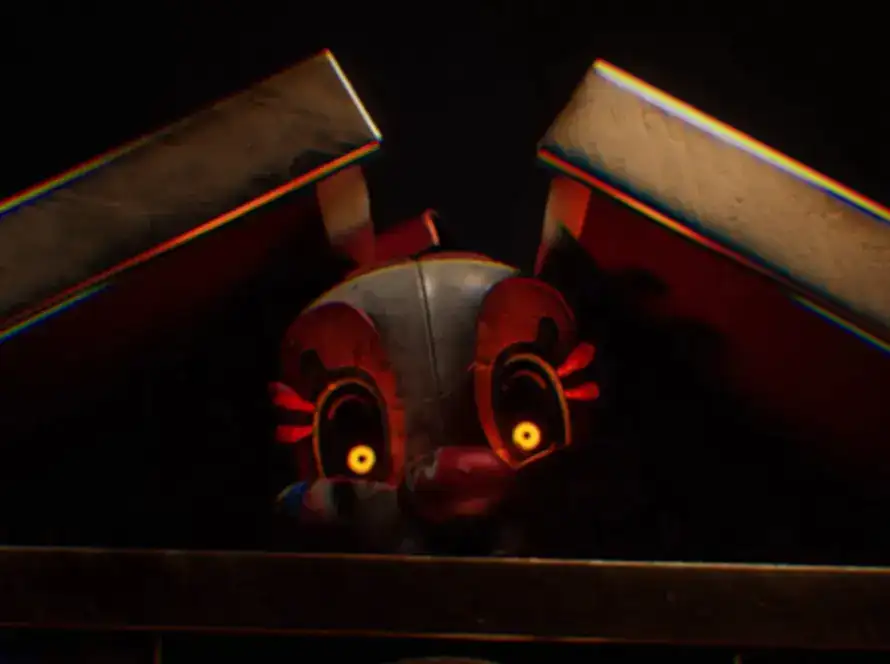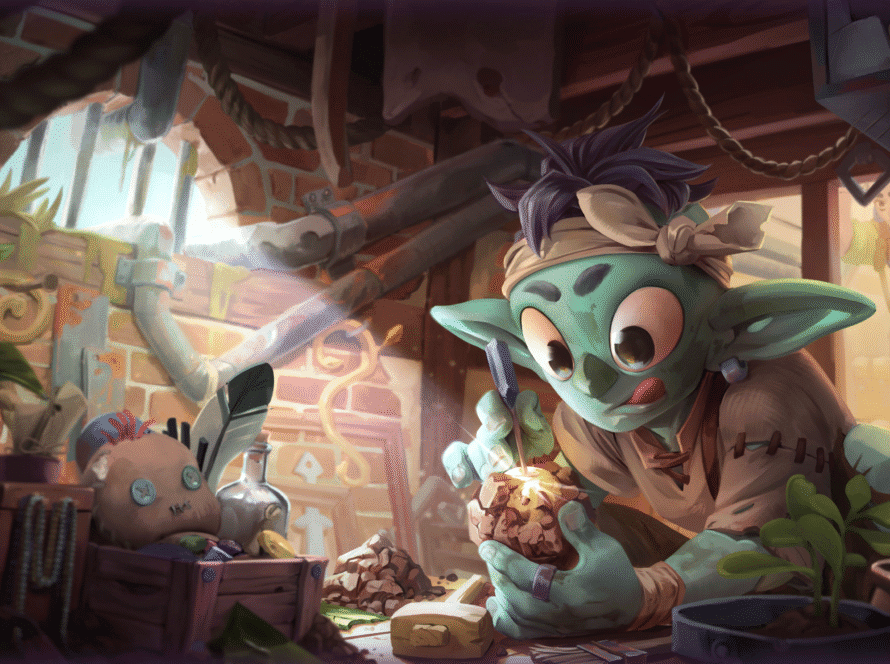Three souls. One arena. Enemies hungry for those souls closing in from every direction.
One soul gets eaten? You might survive. Two? It’s bad. Three? It’s over!
And somehow it manages to be great fun.
It’s not all about how fast you fight… it’s about how fast you can make the right decision.
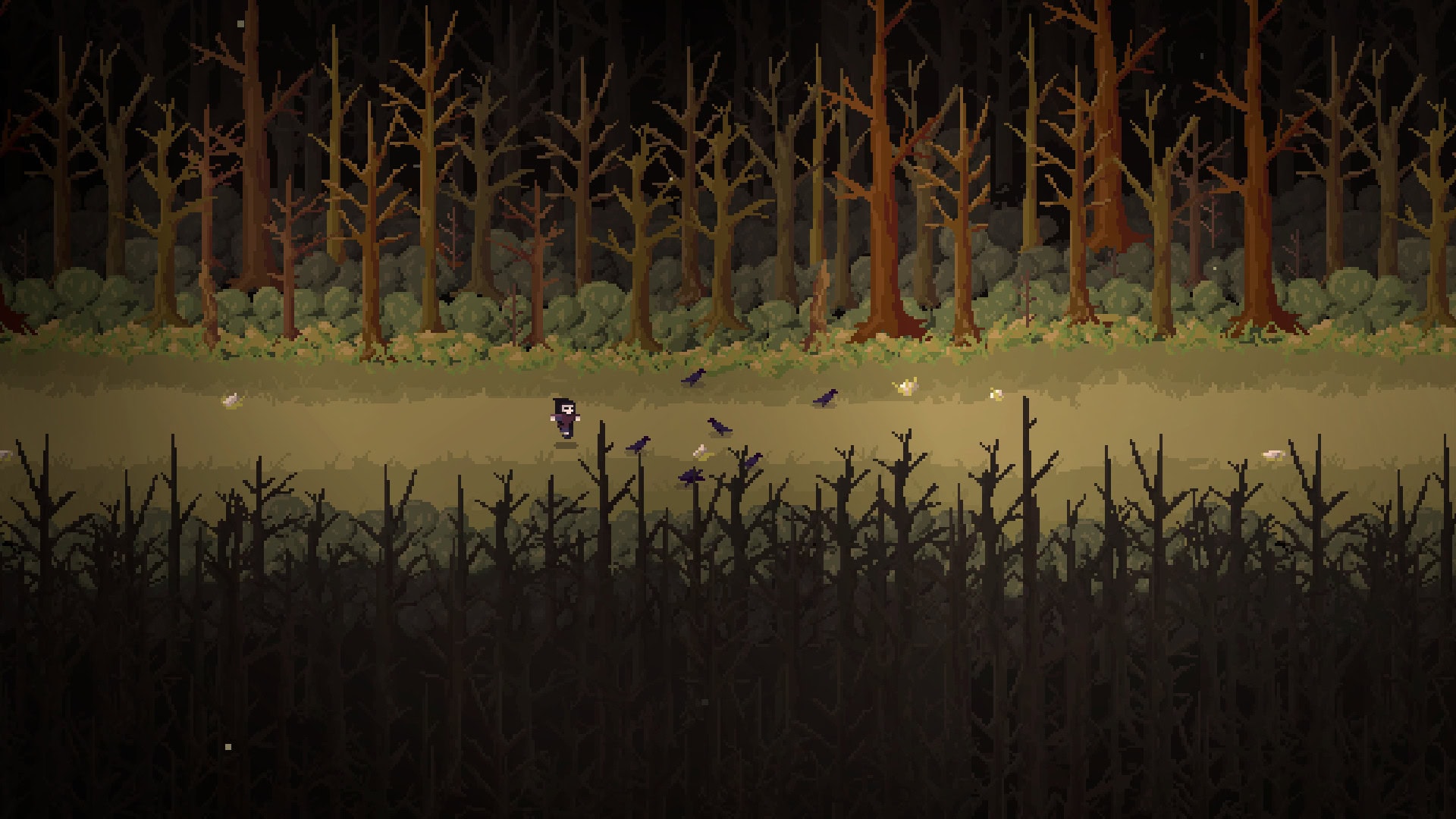
Most roguelikes ease you in. You start slow, pick up power-ups, coast through a few early waves. Even when you mess up, you usually get a few more chances. It’s familiar, and it works.
But Death Kid doesn’t believe in comfort. The pressure starts instantly, and it never lets up.

From the very first floor, you’re asked to protect three souls while soul eaters come at you from every direction. Those souls are your lifeline. Each one contributes to breaking a seal that unlocks the next floor.
The longer they stay alive, the faster the seal breaks. Each floor lasts two to three minutes, but only if you can keep the souls protected. Lose one, and you’ll have to hold out longer. Lose two, and the final one slows to a crawl. Three down? That’s it.
You can’t really die in Death Kid though as there’s no HP bar on yourself (plus you’re already dead anyway). Instead, getting hit slows time and you get stunned. And if enemies are anywhere near the center… that’s when things start falling apart real fast!

It sounds overwhelming. But Death Kid isn’t just fast… the game is also fair. It’s clear, readable, reactive, but only if you can keep up!
Each enemy plays a role. Some shoot from a distance. Others drop traps. Some sprint straight for your souls. And your main way to deal with all of this is knockback. Every swing sends enemies flying, buying you space to breathe, and reposition.
That knockback becomes your rhythm. You’re not just killing enemies, you’re managing pressure, creating space and taking control of the room.

But then, the situation shifts. One soul’s surrounded! And you got half a second to decide: do you try and protect it immediately? Or dive into a swarm of soul eaters to charge up Rage? Or risk moving away, letting two souls hold the seal alone?
The tension never disappears, and that’s what makes Death Kid so great.
The game has pressure yes, but it also focuses on clarity and decision-making. It forces you into a state of flow. You’re don’t have time for planning! You’re just reacting and trying to save your souls to break the room’s seal as soon as possible. And those moment-to-moment decisions are built on what is surprisingly smart design!
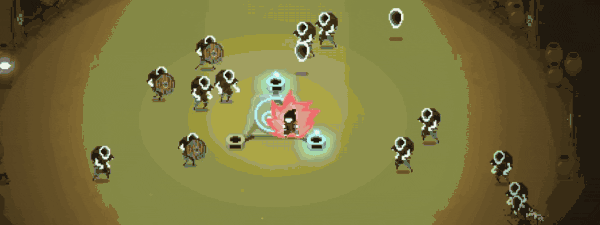
You also start with three energy orbs. Every skill consumes one or two. To refill them, you have to stop. Charge up. In the middle of chaos. And that’s risky.
You can unlock more energy slots later, letting you act longer before needing to recharge. That’s where the meta progression shines… it makes you feel more equipped, not overpowered.
Even being stunned, which is should be a punishment, can become a weapon if you’re good enough. Time it right, and you can explode out of a stun, knocking enemies back like and dealing massive damage in a small area around you.
And when all feels lost, souls can also become immune for a few seconds, which gives you some breathing room to take your time and consider what’s your next move.

But where Death Kid falls short is in its meta progression…
After each run, you gather death energy. You spend it in the Book of Death to unlock new powers and passive upgrades.
It’s not endless tough! And it’s definitely not deep… But it’s smartly paced. You get one ability unlock per run at least, and a boost to either your melee damage, your ability damage and the number of energy orbs you have available, or your Rage form damage. You need to adapt to whatever ability you can get, while deciding which stat you value the most. It adds variety without overcomplicating the core loop.
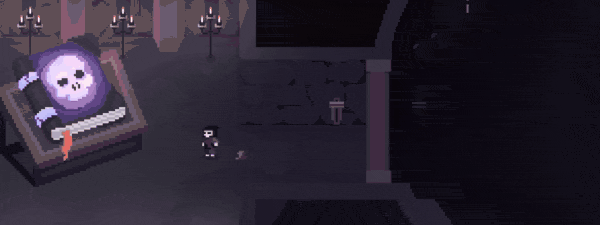
Now Death Kid is not really trying to compete with the biggest roguelikes. It’s focusing on what it does best: fast reads, fast decisions, and fun arcade-style gameplay.
Everything is built to feed that loop, that intensity, that one-more-try energy. You’re never thinking about a build. You’re dealing with survival… Every. Damn. Second.
But even with its clear shortcomings, the whole game feels more polished than I would have expected. The animations are slick. The music warps with the action. The sound effects punch. There’s a craftsmanship here! It’s tight, deliberate, and clean, from the design to the presentation. For a game this intense, it never feels messy.
But I can’t deny how great the game plays! It’s really a testament to what focus and craftsmanship can do in the indie game space.
This is not just another arena-based roguelite. It’s really a decision-making simulator in disguise, and I’m all-in on it!

Verdict
Death Kid may be short and stressful… but it’s a whole lot of fun! There’s no padding or fluff. When you lose, it’s on you. When you win, you know you earned it.
There’s no pause. No breaks. Just you, your instincts, and three souls to protect!
And if that challenge speaks to you? I would highly recommend you to play the demo and see for yourself.
What the game sets out to do, it does perfectly!
It’s still only a solo-developer effort (apart from music and sound effects), but with more work and budget, Death Kid definitely has the potential to be a huge success!
Positives
✅ A fast, reactive roguelike where every decision matters.
✅ Core gameplay loop is brutally effective and endlessly replayable.
✅ Knockback system adds constant tactical control.
✅ Rage, stun, and energy mechanics bring great risk-reward tension.
✅ Smart meta-progression that never overcomplicates.
✅ Highly polished: responsive, slick animation, great music variety and amazing sound effects.
✅ Strong sense of clarity and fairness in the middle of chaos.
Negatives
❌ Content is really limited… only a few floors, enemies, and powerups.
❌ Could use more enemy variety and actual build diversity.
❌ No real long-term meta hook beyond a handful of unlocks.
❌ Short game length may limit appeal for long-term players.
Co-owner of IndieCritical, I have made it my mission to spread indie games at scale, to help out the ones that do so much for our beloved medium.
Written by

Kevin Fernandes
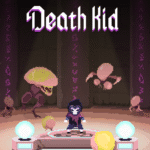
Edited by

Kevin Fernandes




